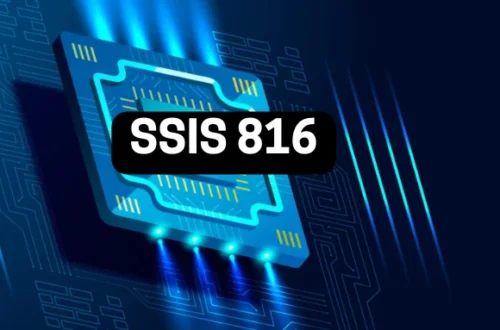Introduction
In today’s digital landscape, efficient server-side processing is crucial for responsive and scalable applications. One technology that plays a pivotal role in this domain is the Java Method Server. This article delves into the concept of Java Method Servers, their benefits, working mechanisms, best practices for effective implementation, and frequently asked questions.
What is a Java Method Server?
This is a specialized server environment designed to execute Java methods on the server side. It acts as an intermediary between client applications and backend Java code, managing the execution of Java methods by handling incoming requests and dispatching responses. This setup ensures that operations are processed efficiently, enhancing the performance and scalability of applications.
Benefits of Implementing Java Method Servers
Implementing a Java Method Server offers several advantages:
- Scalability: Java Method Servers can handle increasing workloads by distributing tasks across multiple server instances, ensuring applications remain responsive under high traffic.
- Performance Optimization: By managing resources effectively, these servers reduce the overhead associated with method execution, leading to faster response times.
- Security: They provide robust security features, including authentication and authorization mechanisms, ensuring that only authorized users can execute specific methods.
- Ease of Management: Centralized management allows for easier updates and maintenance, minimizing disruptions to the application.
- Integration Capabilities: Java Method Servers seamlessly integrate with various databases and third-party services, enhancing the application’s functionality.
How Does a Java Method Server Work?
Understanding the operational workflow of a Java Method Server is essential:
- Client Request: A client application sends a request to the Java Method Server, specifying the desired method and any necessary parameters.
- Request Handling: The server receives the request and routes it to the appropriate Java method based on predefined configurations.
- Method Execution: The specified Java method is executed on the server, performing tasks such as data processing or querying databases.
- Response Generation: Upon completion, the server generates a response containing the results and sends it back to the client.
- Logging and Monitoring: The server logs the interaction for monitoring and auditing purposes, aiding in performance tuning and troubleshooting.
Best Practices for Effective Java Method Servers
To maximize the efficiency of Java Method Servers, consider the following practices:
- Connection Pooling: Utilize connection pooling to manage database connections efficiently, reducing the overhead of establishing and closing connections.
- Implement Caching: Cache frequently accessed data to minimize database queries, thereby improving response times.
- Monitor Performance: Regularly monitor server performance using tools to identify and address bottlenecks promptly.
- Optimize Code: Ensure that Java methods are optimized for performance, avoiding unnecessary computations and memory usage.
- Scalable Architecture: Design the server architecture to scale horizontally, allowing the addition of more server instances to handle increased load.
FAQs About Java Method Server
1. What is the purpose of a Java Method Server?
This method is used to execute Java methods on the server side, allowing efficient processing of client requests and enhancing application performance and scalability.
2. Can Java Method Servers integrate with other databases?
Yes, this can seamlessly integrate with various databases, providing flexibility and enhancing the functionality of applications.
3. How do Java Method Servers ensure security?
They offer robust security features like authentication and authorization mechanisms, ensuring that only authorized users can access specific methods.
4. What is the difference between a Java Method Server and a Web Server?
This Server specifically handles the execution of Java methods, whereas a Web Server primarily serves static content like HTML, CSS, and JavaScript files.
5. How can I optimize Java Method Server performance?
You can optimize performance by implementing caching, connection pooling, and regularly monitoring server performance to address bottlenecks.
6. Is Java Method Server suitable for large-scale applications?
Yes, due to its scalability features, Java Method Server is ideal for large-scale applications requiring high performance and responsiveness.
7. Are Java Method Servers compatible with cloud environments?
Yes, these Servers are compatible with cloud environments, making them suitable for modern cloud-based application architectures.
Conclusion
Incorporating a Java Method Server into your application’s architecture can significantly enhance performance, scalability, and security. By efficiently managing the execution of server-side Java methods, it ensures that applications remain responsive and robust, even under heavy workloads. Adhering to best practices such as connection pooling, caching, and regular performance monitoring will further optimize the server’s effectiveness, leading to a seamless and efficient user experience.
Explore more at futurefinancevision.com





